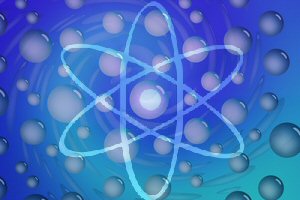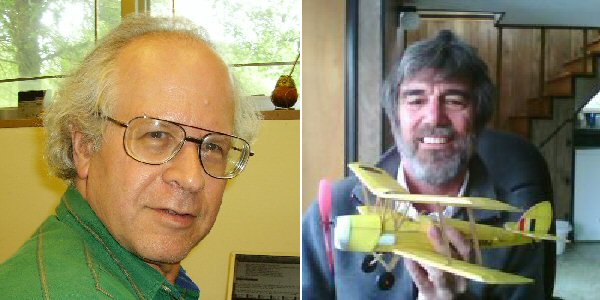2001 Oak Ridge Nuclear Cavitation Confirmation Uncovered (Part 1)

Oak Ridge Nuclear Cavitation Confirmation
July 18, 2013 – By Steven B. Krivit –
This is Part 1 of a New Energy Times Special Report
This report discusses the scientific research and associated conflict experienced by a team of six researchers, led by Rusi Taleyarkhan, a nuclear engineer and a professor in the Purdue University School of Nuclear Engineering. This phase of the group’s research took place between 1999 and 2002, while Taleyarkhan was a research scientist at the U.S. Department of Energy’s Oak Ridge National Laboratory in Oak Ridge, Tenn. Taleyarkhan’s group was part of the Oak Ridge Engineering Technology Division.
Since 1982, when inventor Hugh Flynn was issued a U.S. patent for a “Method of Generating Energy by Acoustically Induced Cavitation Fusion and Reactor Therefor,” researchers have been attempting to create conditions with sonoluminescence to achieve nuclear reactions. In the past, this research has also been called acoustic inertial confinement fusion, bubble fusion or sonofusion. Some researchers hope that eventually nuclear cavitation can lead to a new source of clean nuclear energy.
The Taleyarkhan group got there first, but between 2001 and 2002, two researchers in the Oak Ridge Physics Division, Dan Shapira and Michael Saltmarsh, discredited the Taleyarkhan group’s discovery.
Shapira and Saltmarsh ignored the two scientific criteria – excess tritium and excess neutrons – used by the Taleyarkhan group. Instead, the two researchers made up their own criterion, called “coincidences.” Unlike the data obtained by the Taleyarkhan group, the data available for Shapira and Saltmarsh’s criteria did not support the Taleyarkhan group’s claim. The two researchers then told the scientific community and the public that they had disproved the Taleyarkhan group’s claim.

Dan Shapira and Michael Saltmarsh
For a year, Shapira and Saltmarsh attempted to block publication of the Taleyarkhan group’s 2002 paper. In their various critiques, Shapira and Saltmarsh found no substantive flaws in the Taleyarkhan group’s research. Instead, when faced with confirmatory data, some of which Shapira measured, Shapira and Saltmarsh proposed three alternative hypotheses.
They wrote that they had performed their own replication of the Taleyarkhan group’s experiment. They didn’t. Instead, they made independent measurements on the Taleyarkhan group’s experiment. Shapira and Saltmarsh told the media that they measured no evidence to support the Taleyarkhan group’s claim. But they did.
On Feb. 19, 2002, Oak Ridge administrators gave the final approval for the Taleyarkhan group to publish its paper, against the wishes of Shapira and Saltmarsh. The Taleyarkhan group’s paper was on track to publish in Science on March 6. It had gone through nearly a year of internal and external peer reviews.
On Feb. 20, 2002,, Shapira and Saltmarsh began distributing — internally at ORNL and externally to the nuclear physics and engineering communities — their critique in a draft document, “Comments on the Possible Observation of D-D Fusion in Sonoluminescence.” The authors asserted that the nuclear cavitation claim by Taleyarkhan and his collaborators was a mistake. The premature release of their document disrupted the forthcoming publication of the Taleyarkhan group’s peer-reviewed Science paper.
The Taleyarkhan group’s paper had passed Science’s peer review. But the Shapira and Saltmarsh document was never peer-reviewed. Nevertheless, ORNL management allowed Shapira and Saltmarsh to voice their dissenting opinions. ORNL published the final version of the authors’ document on its Web site on or before the March 8, 2002, publication of the Taleyarkhan group’s Science paper.
In 2012, New Energy Times obtained the full set of internal ORNL technical reports that reveal the events that took place behind the scenes. We also obtained live video footage of nuclear cavitation experiments performed at Oak Ridge in 2003. Together with a brief telephone interview we conducted with Shapira, the facts shed new light on one of the most heated science controversies in the past decade.
The battle that Taleyarkhan and his colleagues fought with Shapira and Saltmarsh was the first of three major battles that Taleyarkhan faced while reporting his group’s scientific research.
This report investigates the first battle. The report continues tomorrow, for subscribers only.
Index of related published papers and documents
Next Part: Introduction to the Experiment
Questions? Comments? Submit a Letter to the Editor.

